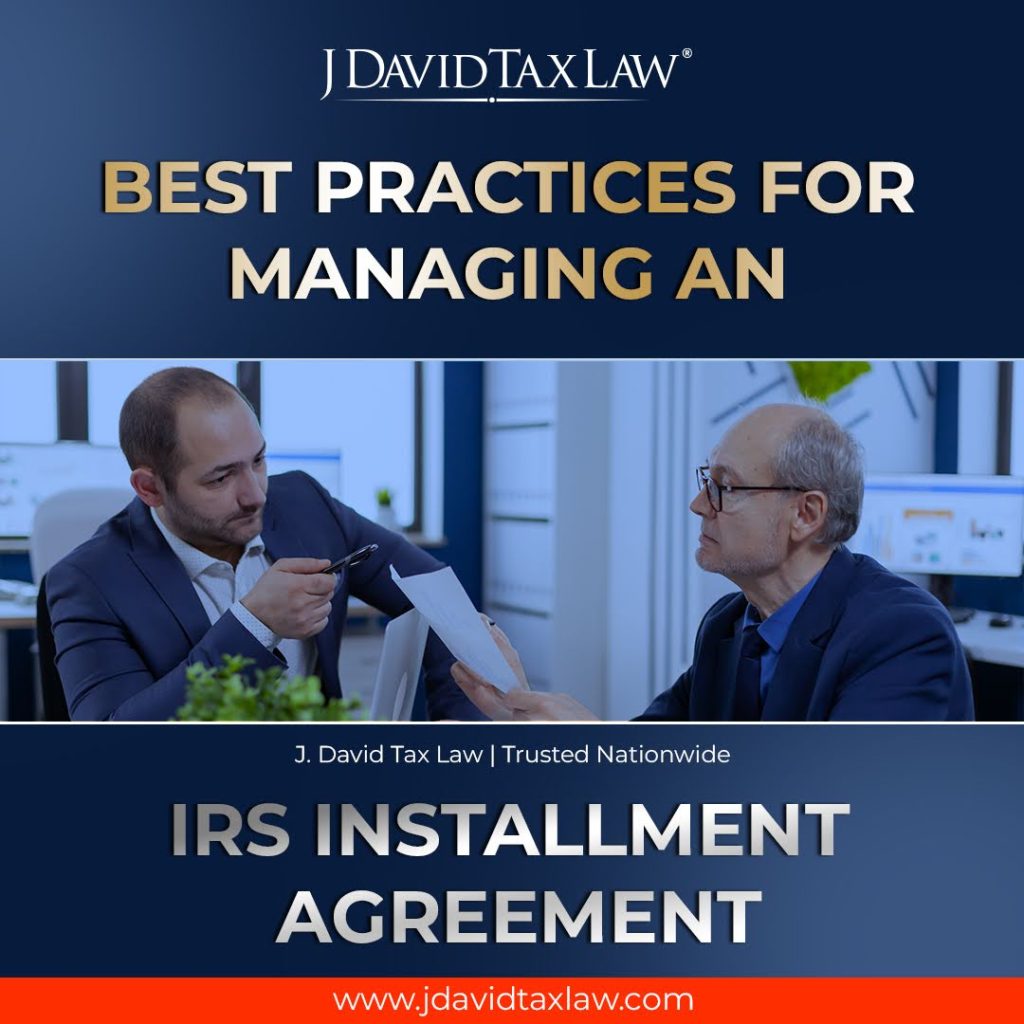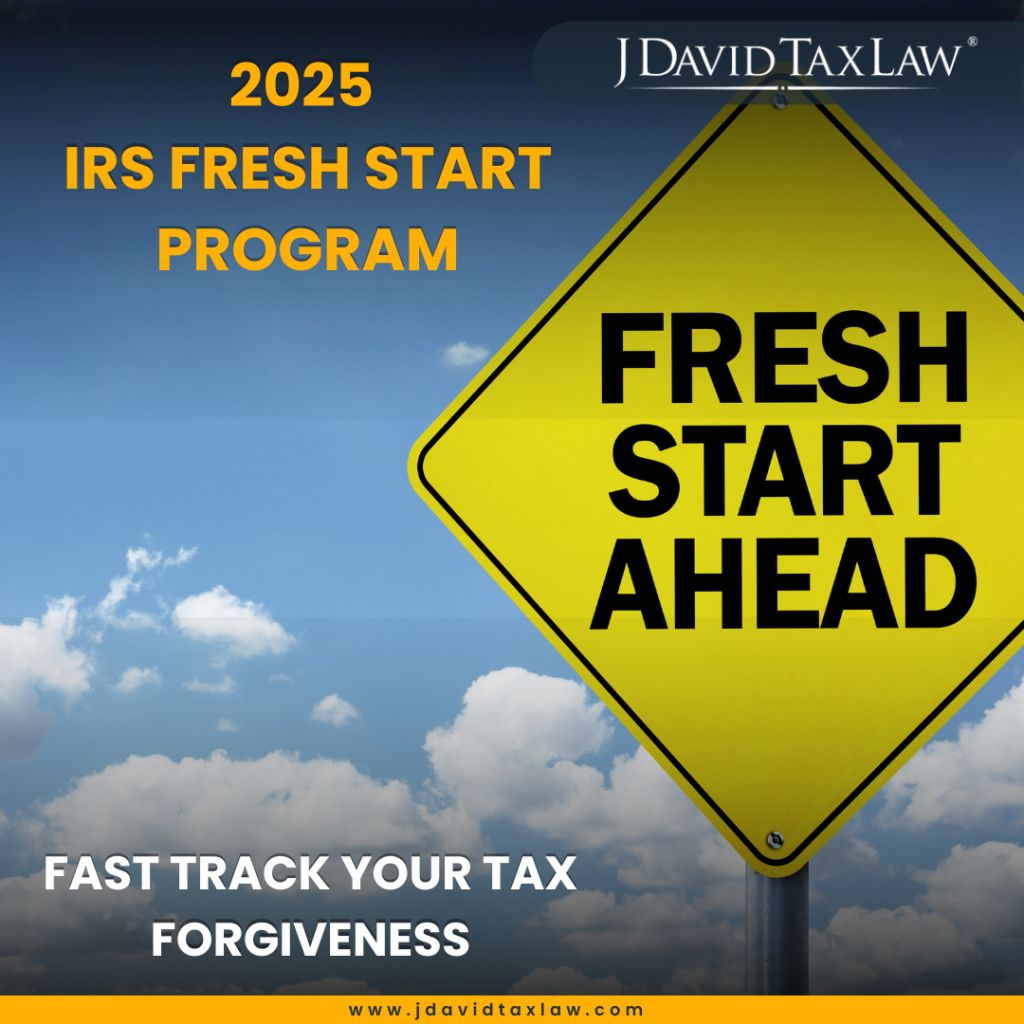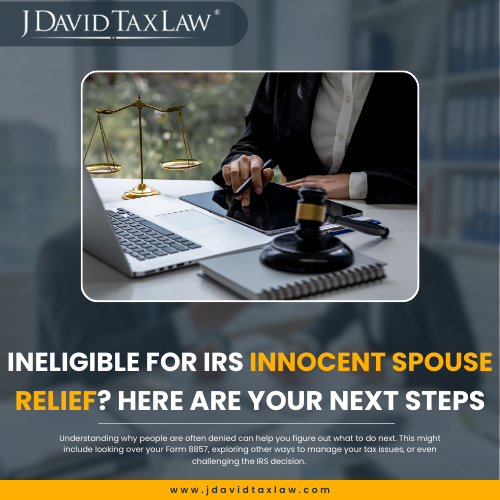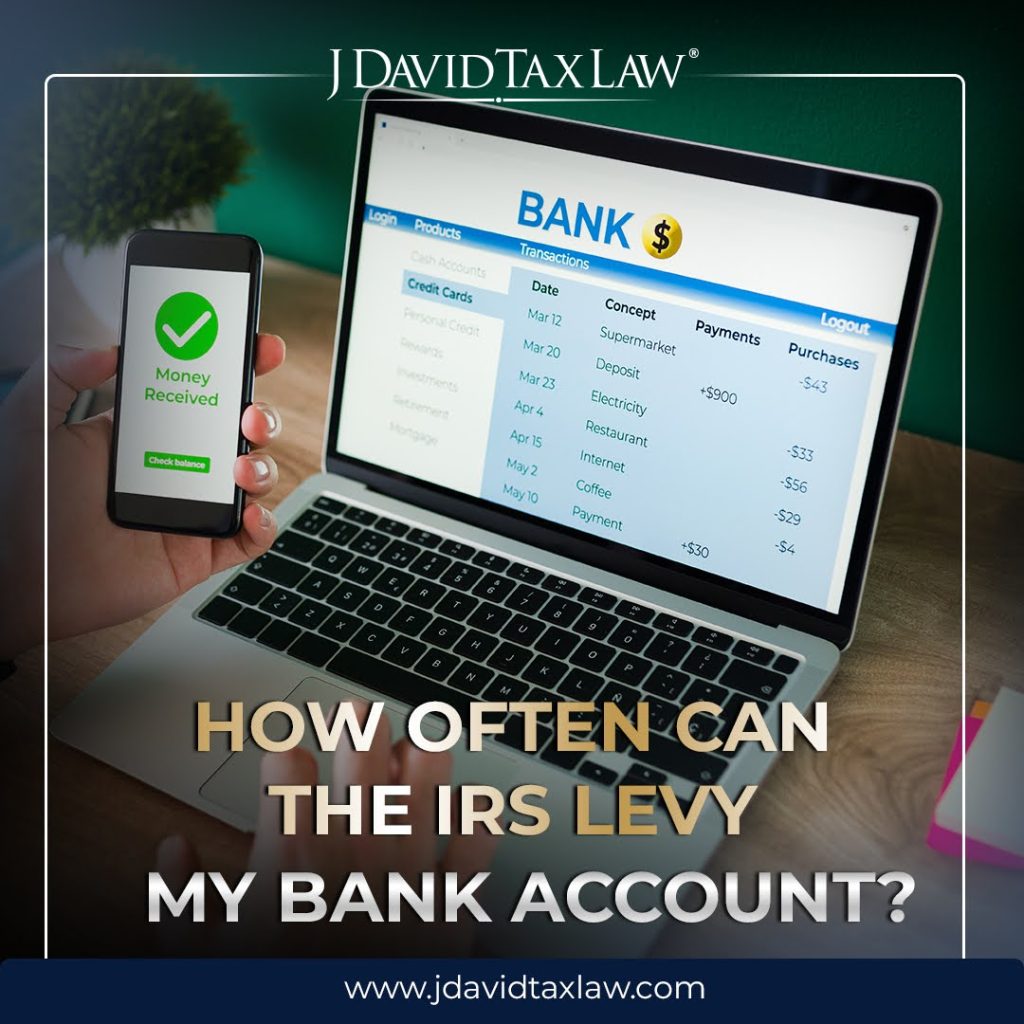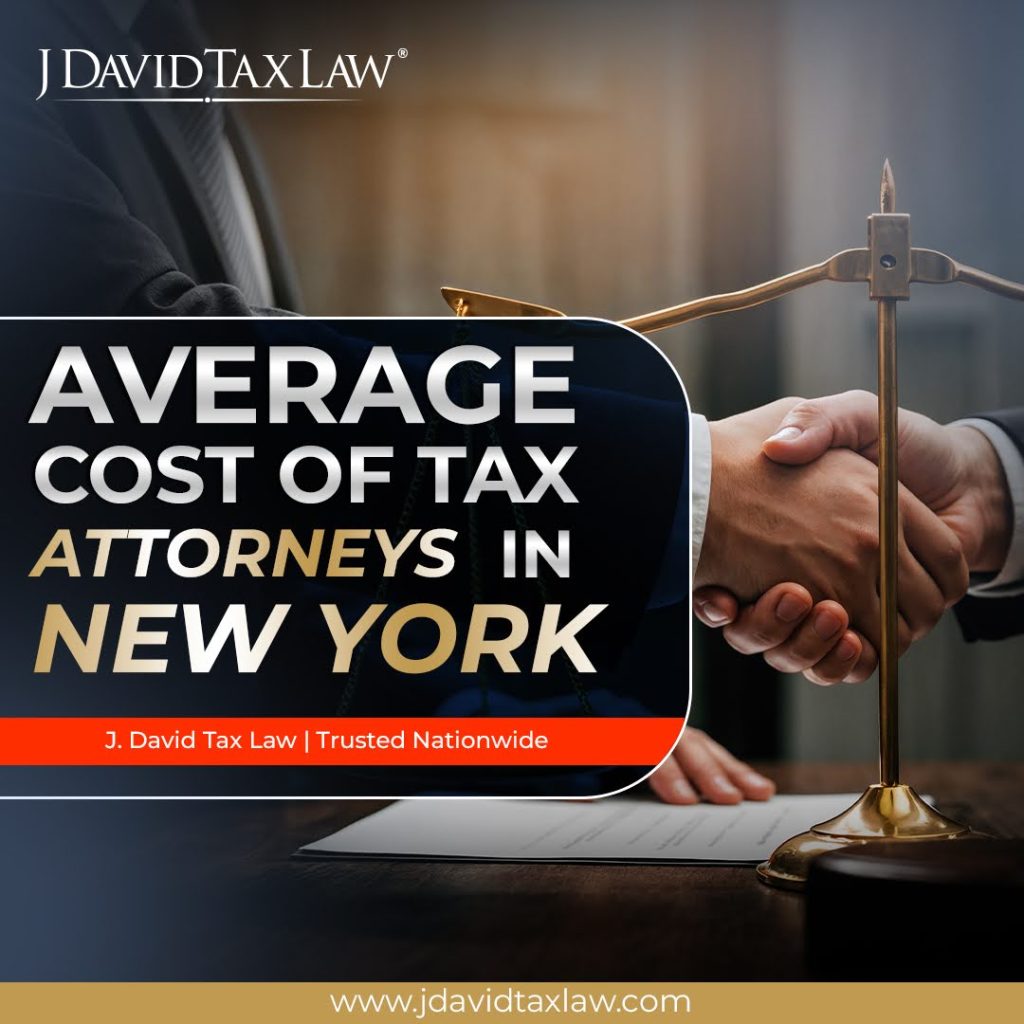In the current financial climate, many people look to bankruptcy to escape overwhelming debts, including income tax debt. It can feel like a path to relief—but bankruptcy rarely solves everything. It can trigger long-term credit damage, leave tax liens in place, and create ongoing financial challenges.
So, is filing for bankruptcy the best route to tax debt relief—or does it bring more trouble than help?
Types of Bankruptcy for Debt Relief
Bankruptcy is a court-supervised process that helps individuals and businesses eliminate or repay debt. It can provide a “fresh start,” but it comes with significant consequences and isn’t a one-size-fits-all fix—especially for taxes.
Chapter 7 Bankruptcy
Chapter 7 (liquidation) uses non-exempt assets to pay unsecured creditors. The process typically takes a few months from filing to discharge.
While most tax debts aren’t dischargeable in Chapter 7, some income taxes can be eliminated if they meet the “3–2–240” rule:
- 3 years: The return’s due date (with extensions) was at least three years before filing.
- 2 years: You filed that return at least two years before filing bankruptcy.
- 240 days: The IRS assessed the tax at least 240 days before filing.
Returns filed very late, fraud-related taxes, and willful evasion generally aren’t dischargeable. Also, if the IRS already filed a tax lien, it can survive the bankruptcy and remain attached to property.
Chapter 13 Bankruptcy
Chapter 13 (reorganization) lets wage earners keep property and repay debt over 3–5 years through a court-approved plan. Priority tax debts (like recent income taxes) typically must be paid in full in the plan; older non-priority amounts may be reduced. The automatic stay pauses most IRS collections during the case, though the IRS can still file a lien.
Chapter 11 Bankruptcy
Often used by businesses, Chapter 11 is also available to individuals with higher debts than Chapter 13 allows. It restructures obligations (including tax debts) while operations continue.
Bankruptcy for Tax Debt: Pros & Cons
Pros
- Potential discharge of some older income taxes: If you meet 3–2–240 and other requirements, certain income taxes may be wiped out.
- Immediate relief from collections: Filing triggers the automatic stay, which halts levies, garnishments, and most seizures while the case is pending. (Existing liens may still stick to property.)
- Structured repayment (Chapter 13): A 3–5 year plan can make payments manageable and stop the collection spiral.
Cons
- Credit damage and higher future costs: Bankruptcy can depress credit for years, affecting loans, housing, and insurance.
- Many taxes aren’t dischargeable: Recent income taxes, fraud-related assessments, certain penalties, and trust-fund taxes usually survive. Filed IRS liens can also outlive the case.
- Complexity and cost: Legal fees, court requirements, and strict deadlines can add stress—and mistakes can be expensive.
Is Bankruptcy the Best Option for Tax Debt?
Often, no. Bankruptcy may provide short-term relief, but the long-term downsides are significant—and many tax debts won’t go away. Court costs, attorney fees, required counseling, and the emotional toll add up. Carefully weigh bankruptcy against other IRS solutions that can protect your credit and still resolve the debt.
Don’t File Yet—Consider These Alternatives First
Payment Plans with the IRS
Installment agreements let you pay over time and, once approved, typically stop active enforcement. The IRS offers short-term and long-term options so you can match payments to your budget.
Offer in Compromise
An Offer in Compromise (OIC) can settle for less than you owe if full payment isn’t feasible or would create hardship. A well-documented application—reflecting income, expenses, and equity—is critical.
Tax Debt Settlement Companies
Some companies claim they’ll negotiate with the IRS for you. If you consider this route, vet providers carefully—fees and promises vary widely, and results depend on your actual financials.
Work with a Tax Lawyer
Partnering with a firm like J. David Tax Law can be one of the best debt-relief options. A tax attorney can assess bankruptcy versus non-bankruptcy paths, build the strongest OIC or payment plan, pursue penalty relief, and protect you during collections—under attorney-client privilege.
Conclusion
Bankruptcy helps in specific, narrow tax scenarios—but it’s rarely the first move. Most taxpayers are better served by IRS payment options, targeted settlements, or temporary collection relief that avoids the long-term fallout of a bankruptcy filing.
Talk with a seasoned tax attorney before you file. Contact J. David Tax Law or call (888) 342-9436 to review your options and build a plan that protects your finances.
Your Tax Relief Questions, Answered










